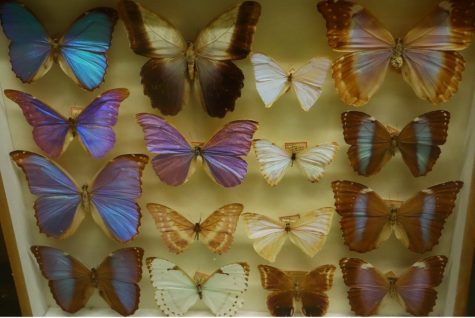
Otherwise known as the UMass Entomology Collection, this tiny museum is home to a vast array of insects both alive and deceased. With rather quiet hissing Madagascar cockroaches on the left, and beautifully taxidermized fluorescent butterflies on the right, the UMass Entomology Collection is a great place to ponder…bugs. I wouldn’t recommend it for the squeamish, but for those strangely interested in dead things (such as myself) check it out after a date at Frank!
How to get there:
Fernald Hall is located just to the right of Franklin Dining Commons. Walking into Fernald Hall, take the long stairway on the left up one flight, where you’ll immediately find the collection.
The Graves of Mabel and David Todd
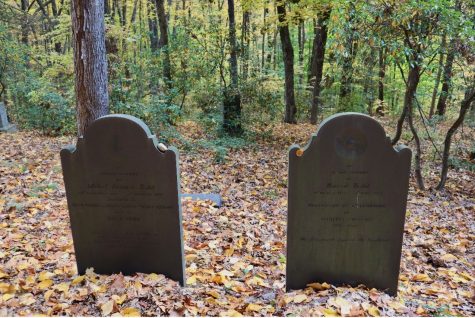
This may be a bit morbid for some, but for others, a place of tranquility and history sits right on the outskirts of Amherst. True to its name, the Wildwood Cemetery is unique for its grave placements, which lie beautifully preserved atop small hills and in between wooded forests.
It’s easy to imagine why so many historical figures have chosen to be buried here; two are David and Mabel Todd. David Peck Todd was an astronomy professor at Amherst College, who with his wife Mabel, chased eclipses around the world hoping to finally witness and capture one. Unfortunately, the eclipses he dreamed of outlived him, as every prospective trip ended in failure. Although, he did end up being the first to photograph the transit of Venus.
His accompanying wife, Mabel Todd, became an accomplished author and reporter after writing about their life together, as well as becoming a close friend of Emily Dickinson. Todd talked closely with the reclusive Dickinson through the walls of her bedroom, and at the time of her death, Todd was given the responsibility of publishing Dickinson’s works.
How to get there:
As you walk into the Wildwood cemetery, continue following the path on the right for a few minutes until you reach two dark twin stones right at the edge of the walkway. On Mabels’ headstone, blackened with time, is an engraved quote from Dickinson’s work, as well as the painting she created for the title of Dickinson’s “Poems.” On David’s, an engraved solar eclipse, fitting for the man so obsessed with them.
The Rausch Mineral Gallery
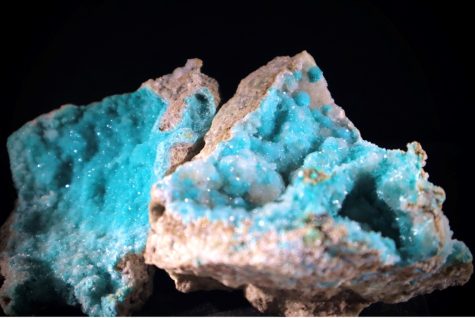
I hold a personal theory that everybody loves a good rock. Living on campus makes it hard to fill that void, but luckily at the Morrill Science Center you can! The gallery is home to more than 250 specimens of rocks and minerals generously donated by Dr. Marvin Rausch, a now deceased UMass chemistry professor who taught from 1963 to 2001.
Known internationally for his work, Rausch began collecting the specimens seen at Morrill when he was still in middle school. The minerals within this gallery are bright and fluorescent, their natural beauty highlighted in the dim room. If you press “the button” to put the lights off, you’ll see why Rausch became so fascinated in the first place.
How to get there:
As you walk into Morrill, a familiar place to STEM majors, you’ll have to walk up the first flight of stairs to the left of the entrance. Once on the second floor, walk out into the hallway and you’ll find the department of geosciences. Halfway down, there’s an obvious sign outside room 233 with a door almost always slightly ajar.
Beneski Natural History Museum
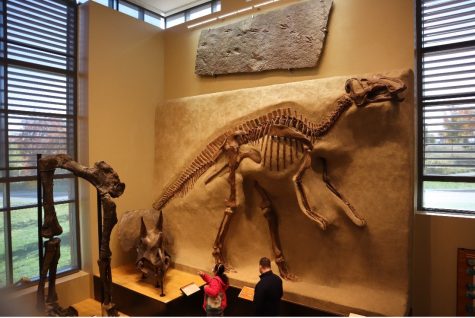
Although we’re based in the UMass campus, that doesn’t mean we can’t explore the other campuses in the area as well. Our neighboring school, Amherst College, may not have No. 1 dining, but they do have their very own natural history museum.
Complete with full ice age megafauna skeletons, history on our local landscape and dinosaur tracks preserved in Hitchcock’s Iconological Cabinet, this unsuspecting museum is impressive to say the least. It’s only a seven minute drive from campus and a 25 minute walk. I was thoroughly impressed by the scale and variety of the museum, especially with the Hitchcock Iconological Cabinet, which remains to be largest and most well-preserved collection of dinosaur footprints in the entire United States. Edward Hitchcock himself was a well-known geologist at Amherst College and spent his career collecting this cabinet. He eventually developed the scientific discipline now known as paleoichnology: the study of dinosaur footprints.
How to get there:
First, put the “Beneski Natural History museum” in your GPS, as it will take you right to the general area, although it’s up to you to find parking on the walkable campus. Once you’re on campus, the building has a red tint with modern architecture, its entrance lined with large rocks. Once inside, go down the main hallway where you’ll be met with a long showcase of encased minerals. On the right, you’ll quickly see obvious fossils through glass, among the hustle of other visitors. Remember to visit all three floors, as each one is different from the last. The Hitchcock Iconological cabinet is on the lowest level.
The Durfee Conservatory
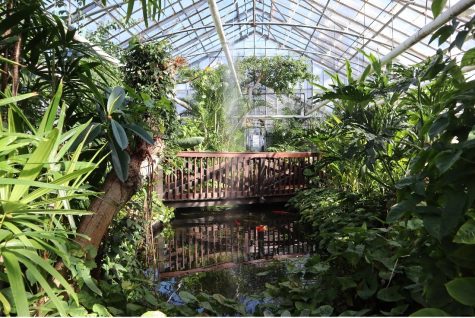
An oasis away from the incoming cold, The Durfee Conservatory is probably the most well-known ‘hidden’ spot on campus.
Established in 1867, the conservatory is filled to the brim with plants of all species from different biomes. Stemming, literally from Bonsai trees to succulents, it seems that every species has a place here. Walking in, you’re hit with the light steam of a simulated rainforest; an attempt to imitate the conditions to which these plants thrive naturally. Healthy fat koi even swim beneath your feet as you pause on the wooden bridge above the pond, creating a tranquil atmosphere Whether you’re looking for a warm escape, a peaceful place to read or even to go on a date, The Durfee Conservatory is the place to be.
How to get there:
Open Monday through Friday 10 a.m. to 4 p.m., you can either walk from the Morrill side through the apple orchard, through the Frank side past the Acorn sculpture or from immediately before the Orchard Hill staircase.
Amalia Wompa can be reached at [email protected].


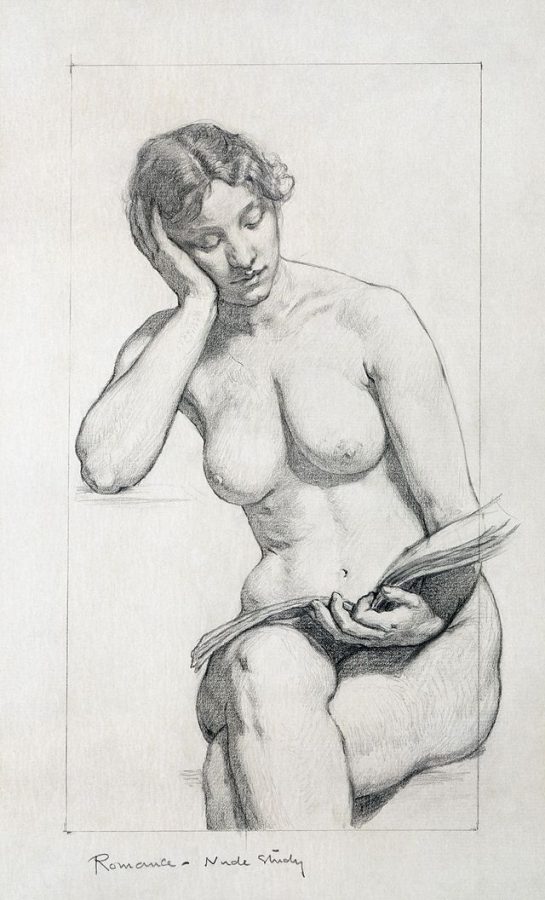
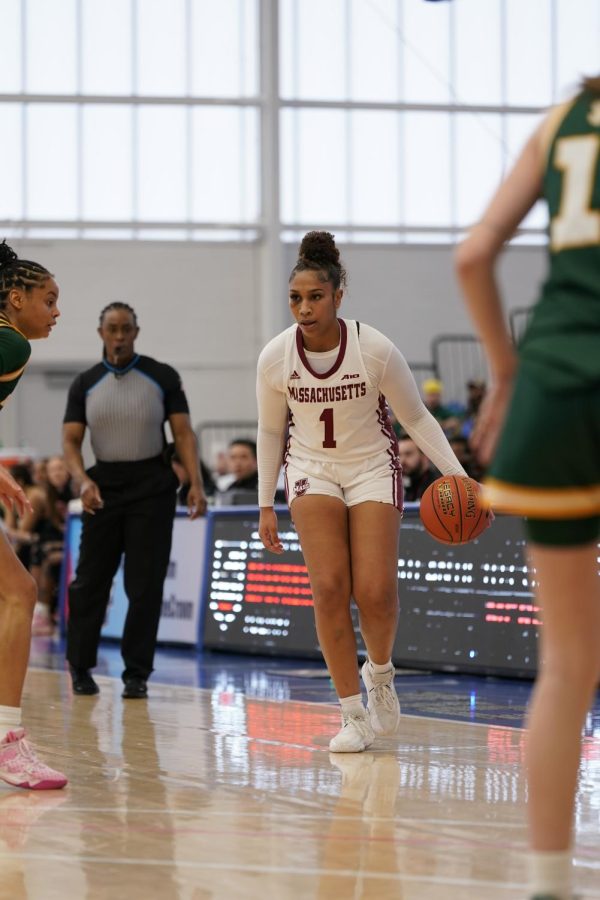
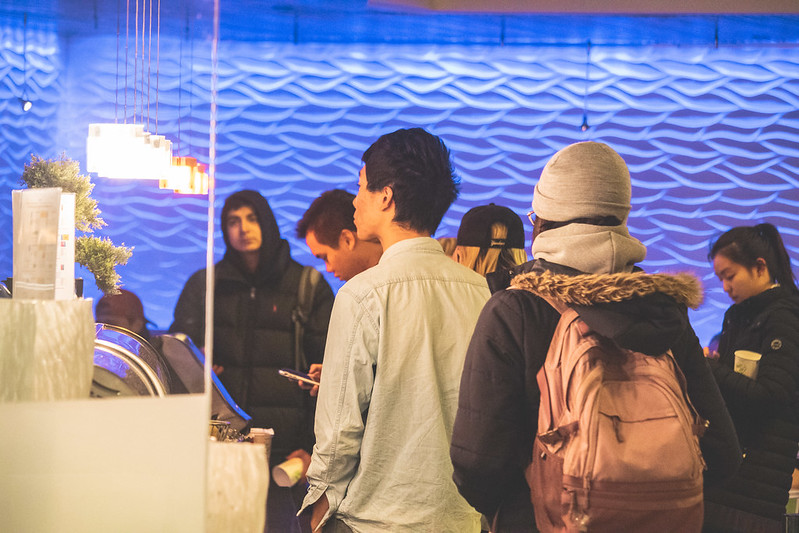
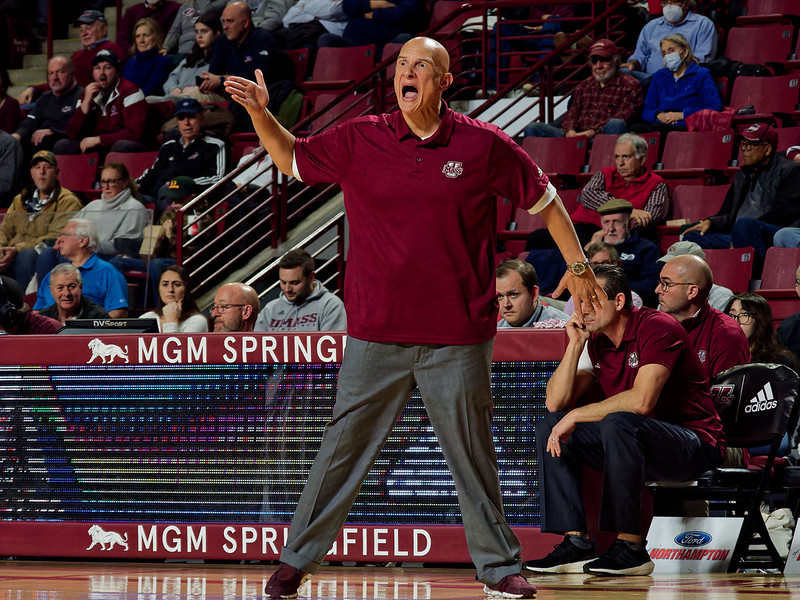












Ann Conti • Nov 8, 2022 at 4:17 pm
Absolutely beautiful all of it thanks
Anne Flaherty • Nov 8, 2022 at 7:51 am
This is a most excellent article! So glad to catch this issue of mcd and the new ideas to explore. It is amazing to know what is in our own backyard especially the rare glowing stones collection.
Thank you!